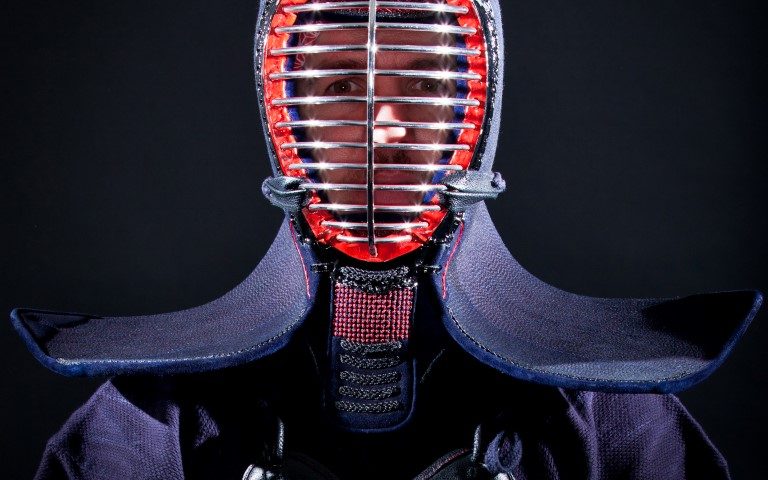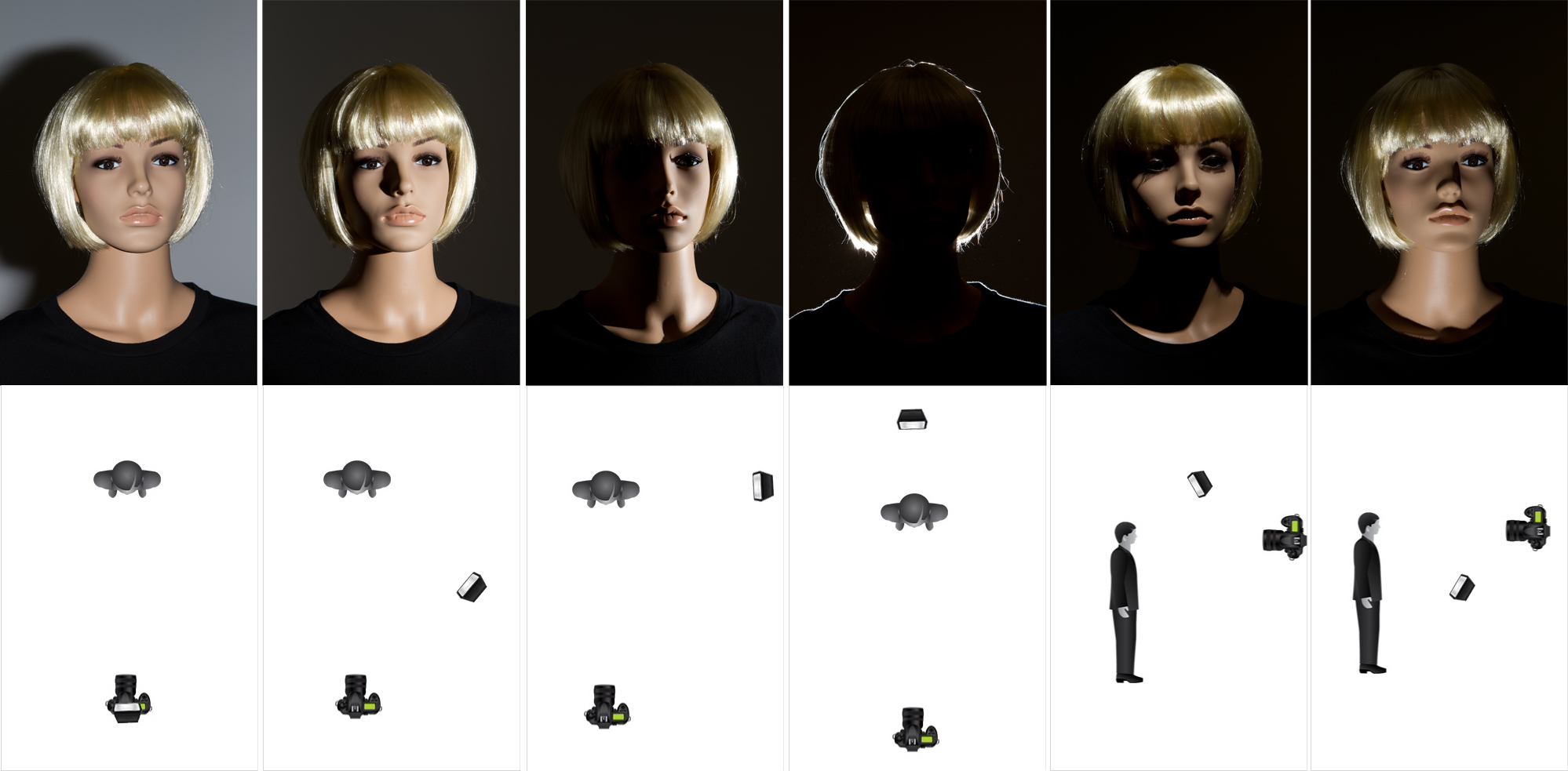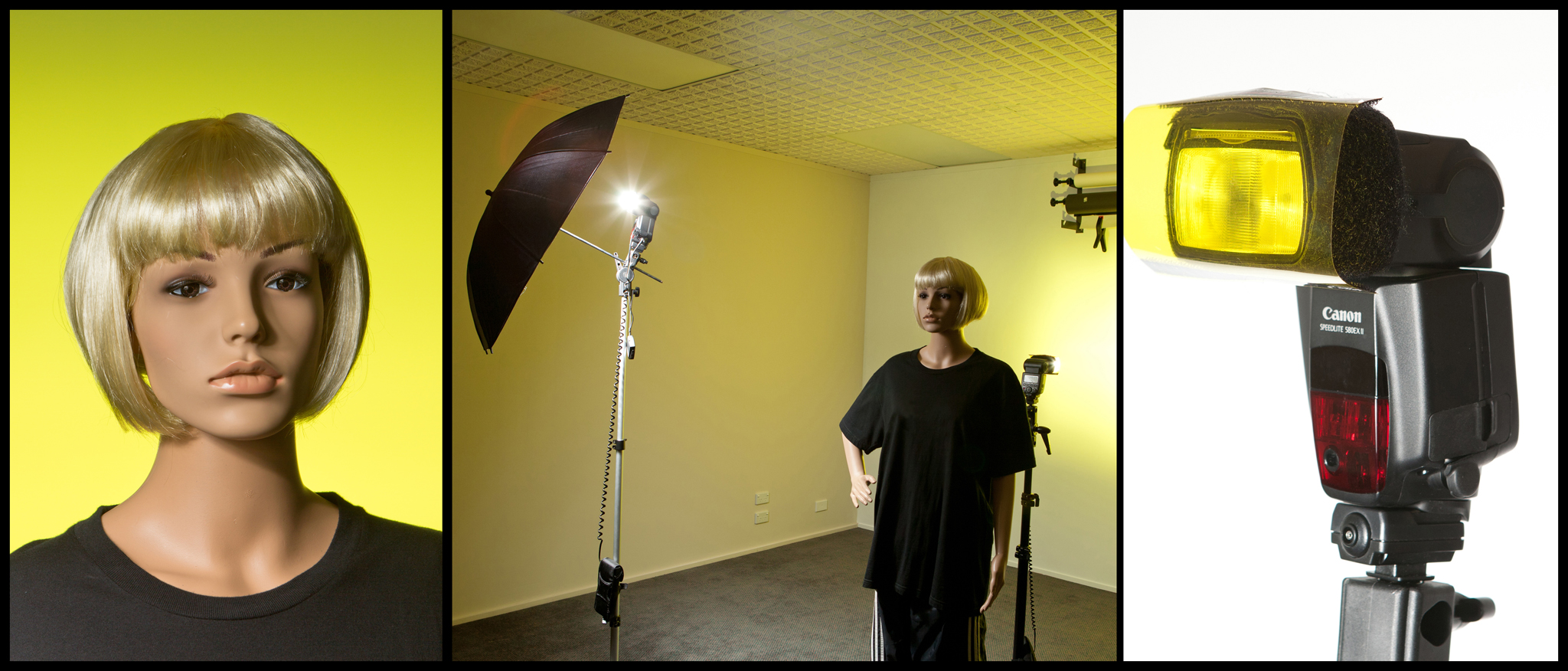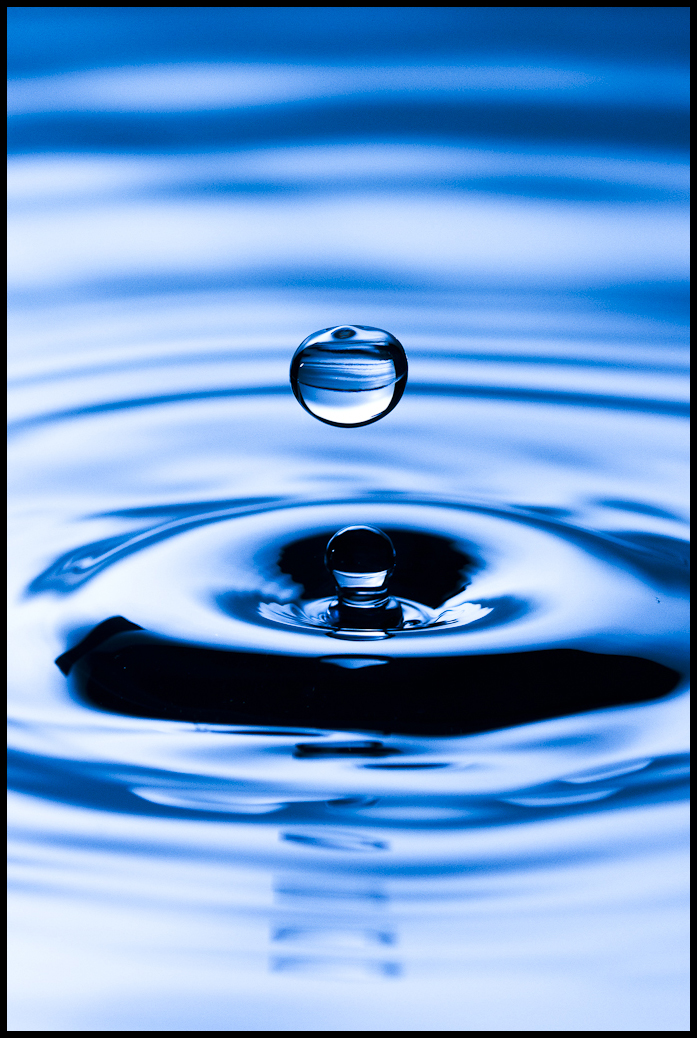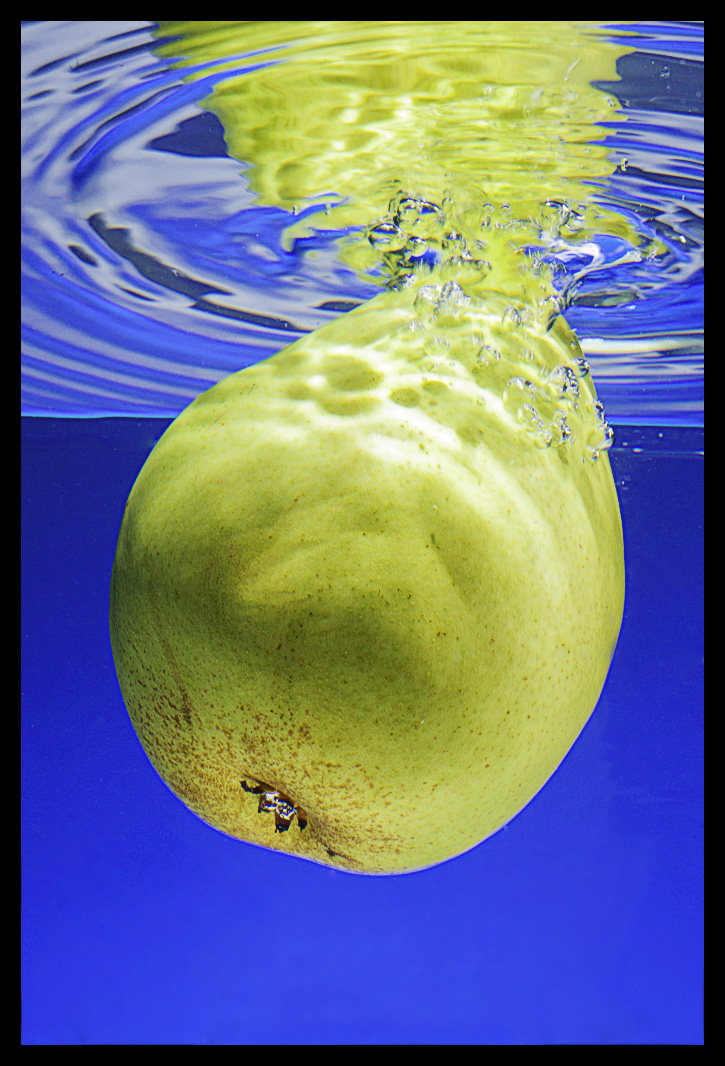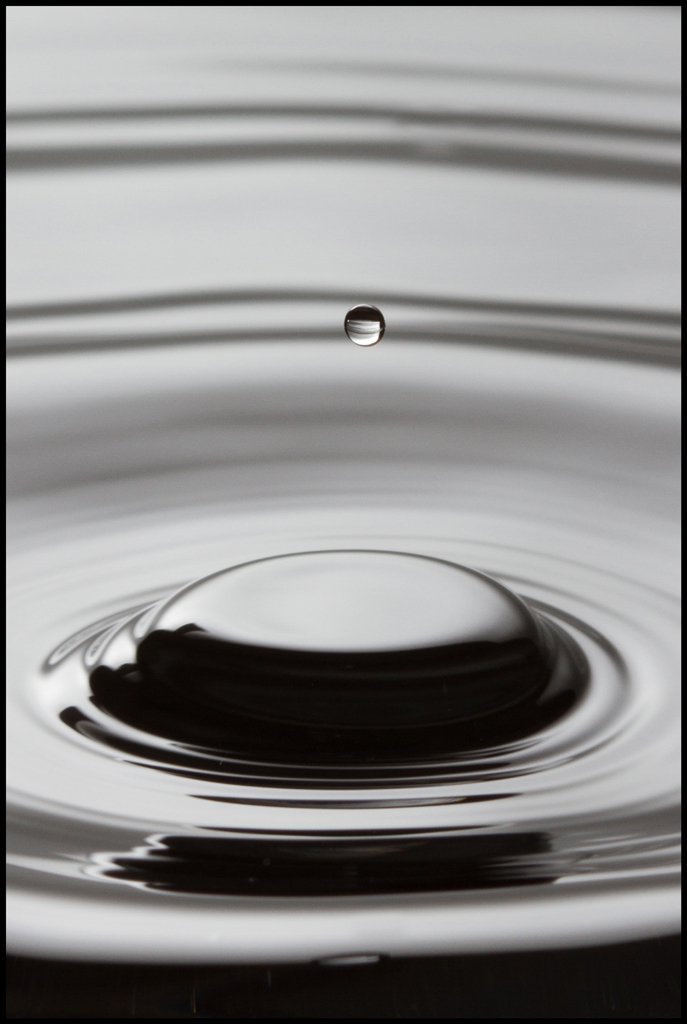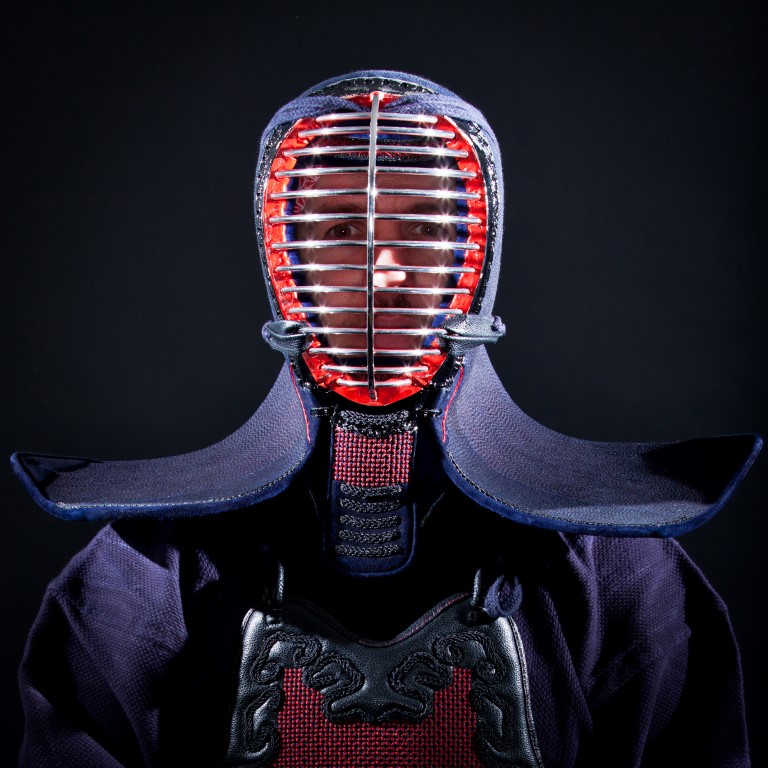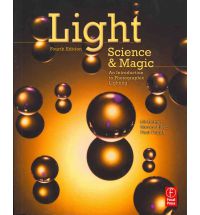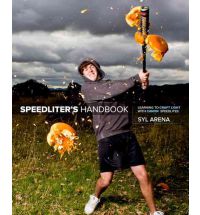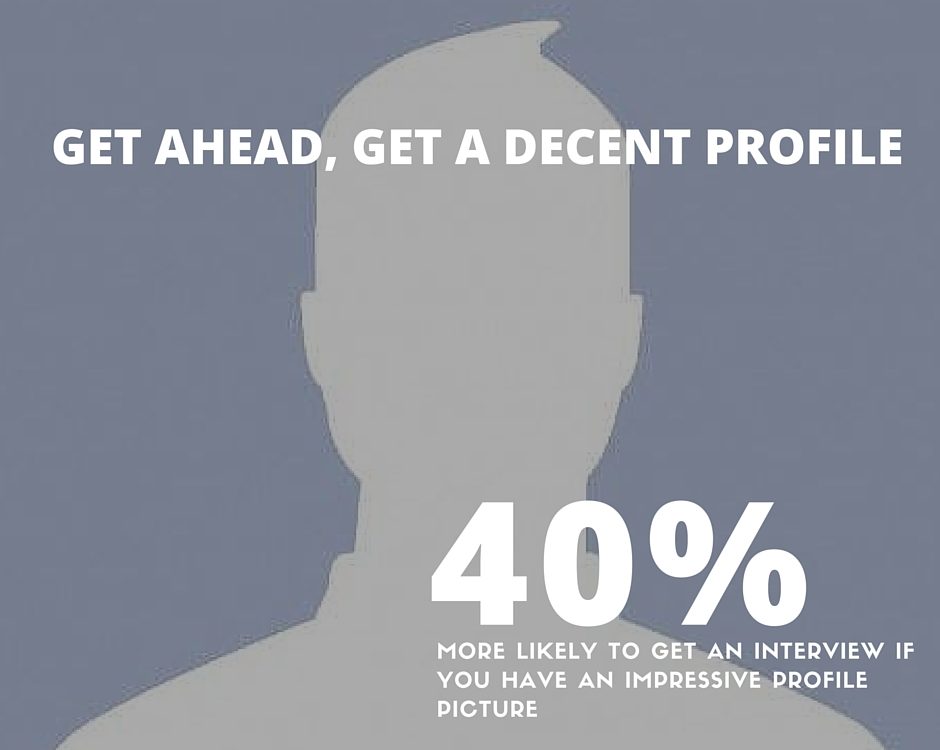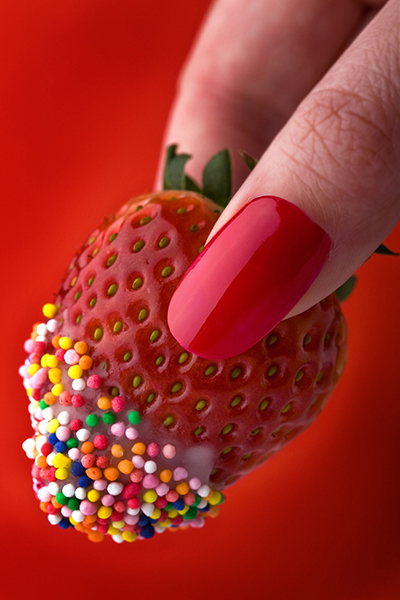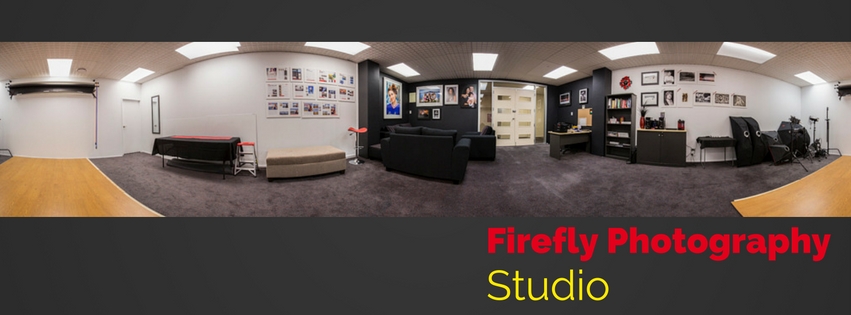A question I often get asked by photographers is “Why should I learn Off-Camera Flash if I’m happy and comfortable using my flash on-camera?”
This is an excellent question, and admittedly, one that I struggle to answer.
Now this isn’t because I can’t think of a reply, but rather that I find it hard to put into words a reply that is best given visually.
Aside from the practicality and portability of using small flashes for lighting, the thing I love most about OCF is that it has taught me to understand and love light.
Because of this I have been able to bridge the gap that exists between shooting in whatever conditions ambient light allows me and creating an image deliberately.
I believe that light is a language – with understanding and experience it can be a very eloquent and powerful form of expression.
From a photographic point of view, the characteristics of light, as well as those of the surfaces it touches, are all things to consider when lighting an image.
This is an article about light and the characteristics of light that matter to photographers.
In part, it is also a visual answer to the question regarding the need to learn off-camera lighting.
I hope this information is illuminating (pun definitely intended), and that it spurs you on to pursue your own love affair with the language of light.
Light has Direction
Each of the images below has been lit with the same light source (a bare speedlight).
Changing the position of the light has resulted in very dramatic differences between each of the images. Each of these images has a different emotive quality, which is important to think about if you’re aiming to convey a feeling in our image.

